 On my first visit to the San Jorge Lodge in Tandayapa, it seemed very appropriate to arrive in the midst of an afternoon rainstorm. After all, the lodge is located in the middle of a temperate cloud forest. Afternoon showers are common at any time of the year. But on this day, the shower might as well have been called a deluge.
On my first visit to the San Jorge Lodge in Tandayapa, it seemed very appropriate to arrive in the midst of an afternoon rainstorm. After all, the lodge is located in the middle of a temperate cloud forest. Afternoon showers are common at any time of the year. But on this day, the shower might as well have been called a deluge.
In fact, the rain was so heavy it impeded my view and we missed seeing the lodge as we drove on the road directly beneath it. When we reached the end of the road, I was still unsure of the actual location of the lodge but with rain boots, raincoat, and a large umbrella in hand, I hit the trail closest to the parking lot. And it wasn’t very far at all. A short walk brought me to the communal outdoor dining room where I found Stalin, the caretaker, and his wife, Pilar, waiting for our arrival. The rain was coming down so loudly it had drowned out the sound of our arrival so we were equally a little off balance. They quickly gathered up additional umbrellas and walked back with me to help us carry our gear to the lodge itself.
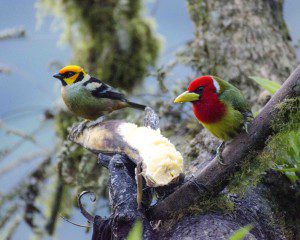 The San Jorge Tandayapa Lodge has been in operation for about 10 years and was built with birds and birders in mind. The location is high on the west slope of the Andes at an elevation of about 1900 meters or 6000 feet. The climate is mild with high amounts cloud cover, daily afternoon rain showers, and fog almost every morning. And the combination makes for a stunning variety of birds – as many as 500 species have been identified in the Choco Endemic Corridor of which the lodge and the surrounding reserve are a part.
The San Jorge Tandayapa Lodge has been in operation for about 10 years and was built with birds and birders in mind. The location is high on the west slope of the Andes at an elevation of about 1900 meters or 6000 feet. The climate is mild with high amounts cloud cover, daily afternoon rain showers, and fog almost every morning. And the combination makes for a stunning variety of birds – as many as 500 species have been identified in the Choco Endemic Corridor of which the lodge and the surrounding reserve are a part.
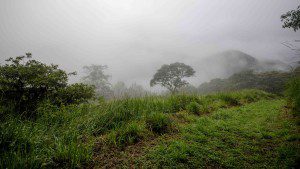
The San Jorge Tandayapa Lodge is built into the hillside and every room looks out over the old pastures and the small pond into the distant valley to the mountain ranges beyond. The view is all the more dramatic early in the morning when the fog circles in and out of the multiple folds of these mountains. From the porch that wraps nearly around the 3rd floor, it is easy to observe birds above the surrounding tree canopy and from the second floor the view is directly into the trees canopy itself. It is awfully tempting to watch just from these areas alone but that would be a big mistake.
 The dining area is the true heart of the lodge. It has been designed to take advantage of the great outdoors and is more like a large, protected patio than a traditional indoor dining room. But that means you can keep an eye on the hummingbird feeders while enjoying your own meal. If you keep your camera nearby, we can guarantee at least one photo break during both breakfast and lunch as it is near impossible to stay seated. Especially when a rare visitor, like the Mandibled-beaked Toucan, comes to the plaintain feeders or the Violet-tailed Sylph makes a fly-by while checking out the sugar feeders on the back slope.
The dining area is the true heart of the lodge. It has been designed to take advantage of the great outdoors and is more like a large, protected patio than a traditional indoor dining room. But that means you can keep an eye on the hummingbird feeders while enjoying your own meal. If you keep your camera nearby, we can guarantee at least one photo break during both breakfast and lunch as it is near impossible to stay seated. Especially when a rare visitor, like the Mandibled-beaked Toucan, comes to the plaintain feeders or the Violet-tailed Sylph makes a fly-by while checking out the sugar feeders on the back slope.
 Early risers have a special treat in store. The early birds of Tandayapa come not for the worms but for the moths that are attracted to the night light near the dining area. Birds attack moths with a surprising fierceness, shaking the moths in an attempt to rid of them of their inedible wings. As this first wave of wrens, flycatchers, and woodcreepers starts to wane, the hummingbirds take over, humming at a high pitch as they fight for their first sugar fix of the morning. Then the tanagers and toucanets come looking for fresh plantains. In fact, the birds just keep coming and it is hard to know when to leave and actually hit the trails.
Early risers have a special treat in store. The early birds of Tandayapa come not for the worms but for the moths that are attracted to the night light near the dining area. Birds attack moths with a surprising fierceness, shaking the moths in an attempt to rid of them of their inedible wings. As this first wave of wrens, flycatchers, and woodcreepers starts to wane, the hummingbirds take over, humming at a high pitch as they fight for their first sugar fix of the morning. Then the tanagers and toucanets come looking for fresh plantains. In fact, the birds just keep coming and it is hard to know when to leave and actually hit the trails.
 The trails themselves are well designed and well maintained. The majority of trails are switchbacked, helping hikers go further and faster as their hearts and lungs can more easily handle the altitude gains than from using stair-stepped trails. Coming back down, hip, knee, and ankle joints are jolted far less than they would be on a steeper, direct trail. One trail in particular deserves an article all its own so keep your eyes open for a follow up piece in the next week or so.
The trails themselves are well designed and well maintained. The majority of trails are switchbacked, helping hikers go further and faster as their hearts and lungs can more easily handle the altitude gains than from using stair-stepped trails. Coming back down, hip, knee, and ankle joints are jolted far less than they would be on a steeper, direct trail. One trail in particular deserves an article all its own so keep your eyes open for a follow up piece in the next week or so.
 After a morning of hiking, lunch awaits back at the lodge. During an excellent three course meal, the birds are still coming to visit. We dare you to remain seated the entire time! After lunch, some of us chose siesta rather than adventure. I liked the afternoons to ramble the closer trails – especially those just below the lodge. The Rufous-tailed and Woodstar Hummingbirds visit the purple flowering bushes in the mid to late afternoons. And though I hoped for a bird or two in the nearby pond, no such luck. But we do recommend a nighttime visit with a flashlight to catch a glimpse of the many of frogs and insects attracted to the water.
After a morning of hiking, lunch awaits back at the lodge. During an excellent three course meal, the birds are still coming to visit. We dare you to remain seated the entire time! After lunch, some of us chose siesta rather than adventure. I liked the afternoons to ramble the closer trails – especially those just below the lodge. The Rufous-tailed and Woodstar Hummingbirds visit the purple flowering bushes in the mid to late afternoons. And though I hoped for a bird or two in the nearby pond, no such luck. But we do recommend a nighttime visit with a flashlight to catch a glimpse of the many of frogs and insects attracted to the water.
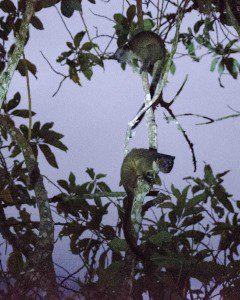 By the time you’ve settled down for the evening meal, you might think your nature observations were all done. But on our first visit to the lodge, we had a couple of visitors who arrived after dinner to partake of a meal of their own – two olinguitos, mama and baby. A couple of months later, on our second trip out, the pair had taken to an early arrival, eating their supper before our own. Make sure you ask Stalin when the olinguitos are likely to visit and be prepared with camera in hand.
By the time you’ve settled down for the evening meal, you might think your nature observations were all done. But on our first visit to the lodge, we had a couple of visitors who arrived after dinner to partake of a meal of their own – two olinguitos, mama and baby. A couple of months later, on our second trip out, the pair had taken to an early arrival, eating their supper before our own. Make sure you ask Stalin when the olinguitos are likely to visit and be prepared with camera in hand.
If luck holds, you might also get to see a second nocturnal mammal, the kinkajou. He can be hard to distinguish from the olinguito but look to see if he uses his tail to grab, that his tail is solid and not striped, and that his nose is flat and pinkish.
In case you can’t tell, we highly recommend a stay at this lodge if only for the wide variety of wildlife. They advertise themselves as a birding lodge but the truth is that any nature lover could enjoy a stay here. There is no need to be a birdwatcher extraordinaire to enjoy the variety of wildlife that live in this unique place.
To see more photos of our San Jorge Tandayapa experience, please visit Not Your Average American on Facebook.
[ready_google_map id=’43’]

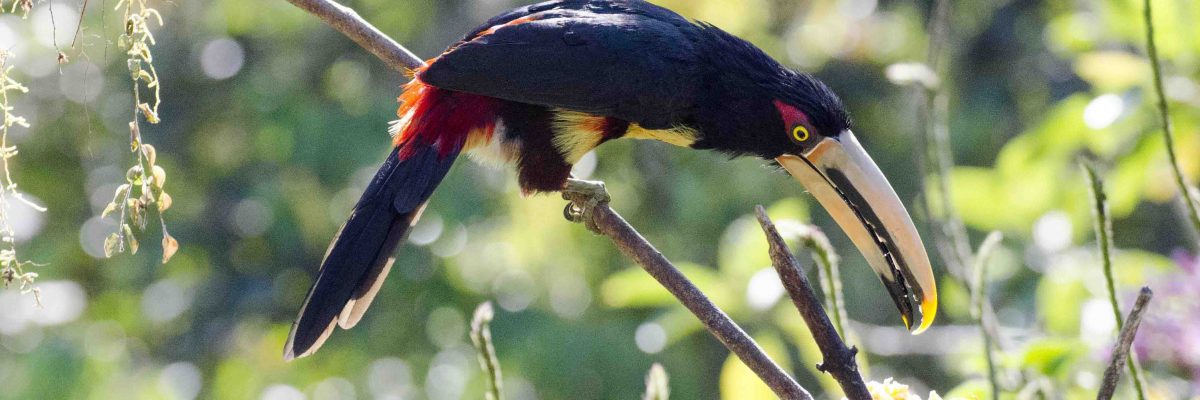


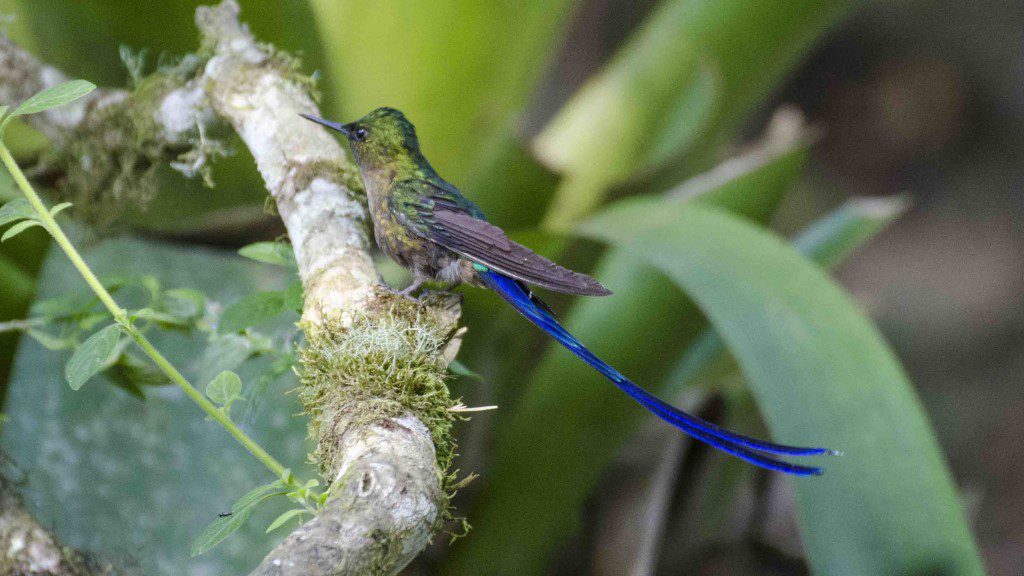
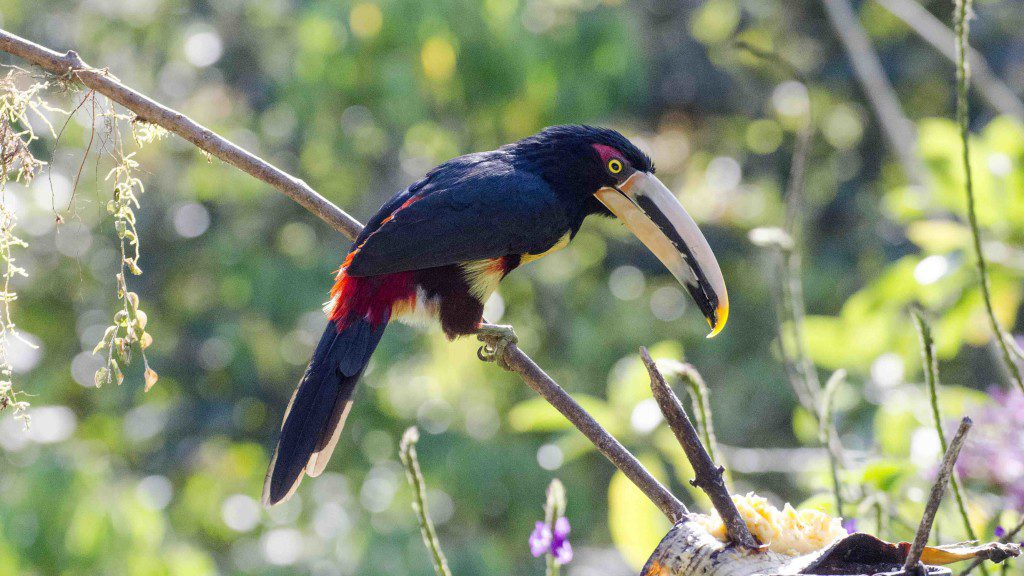
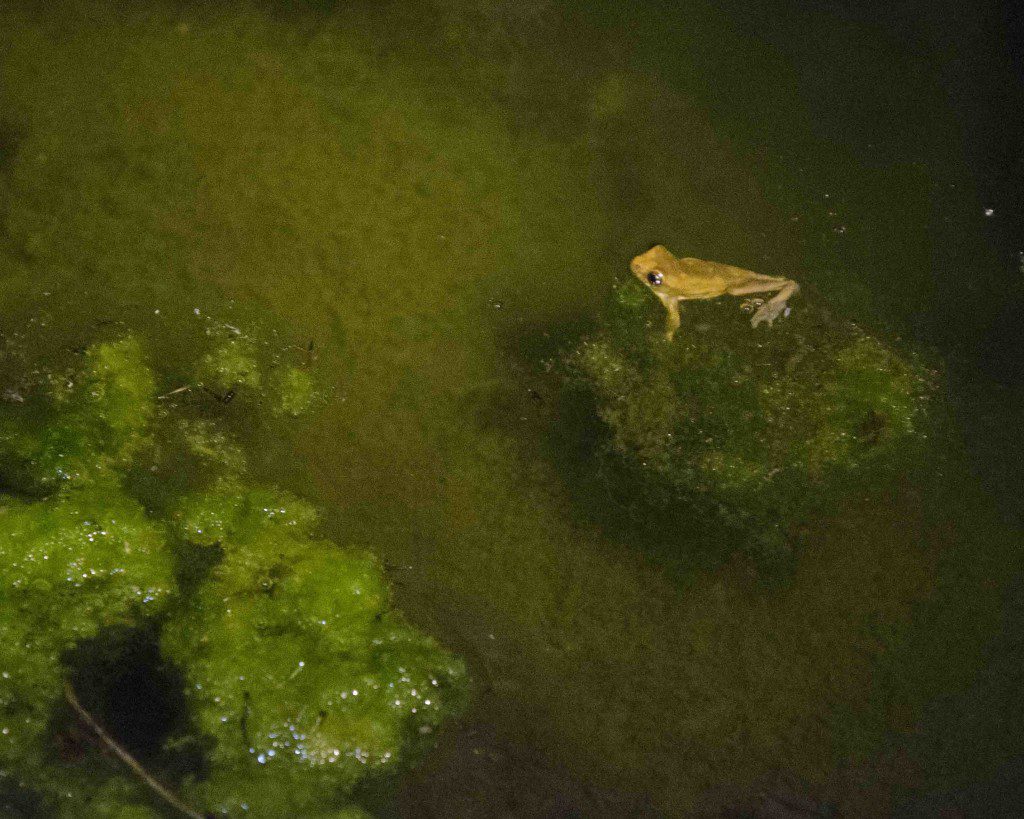
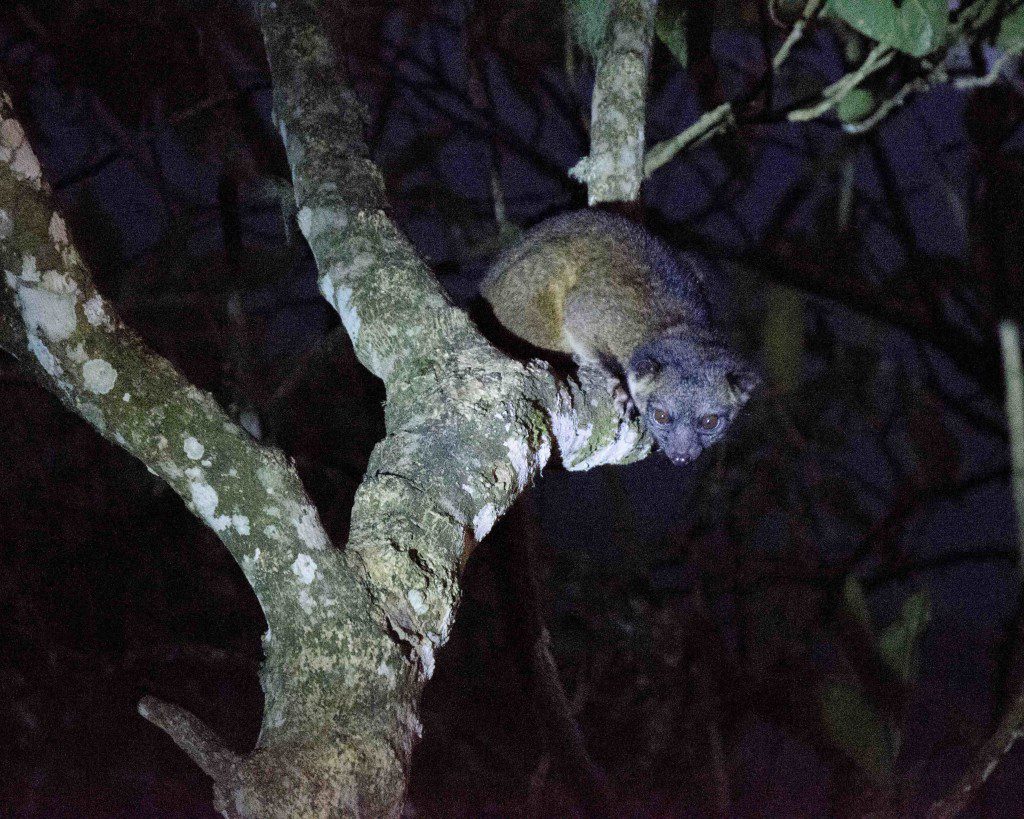
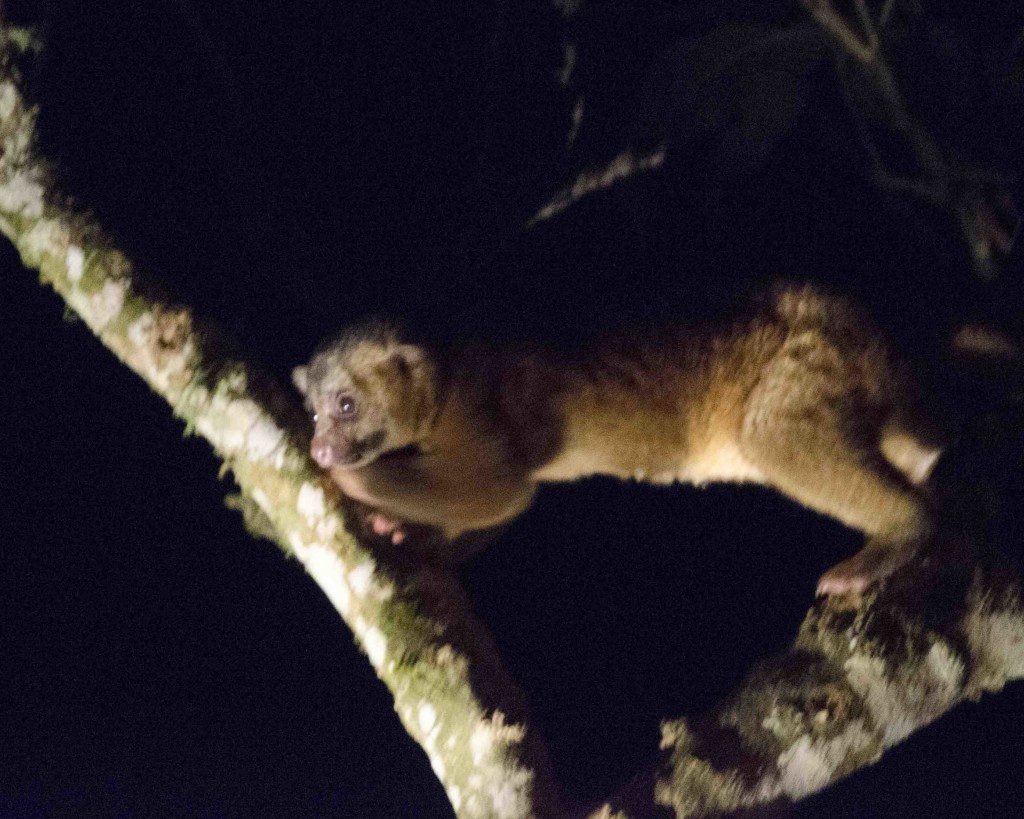
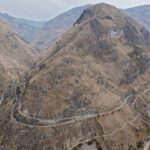
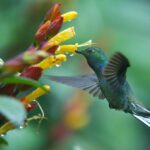
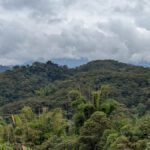
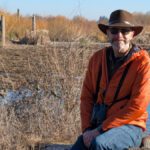
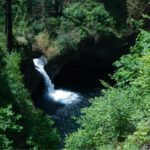
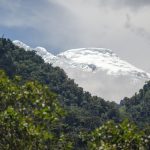

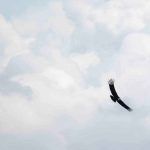
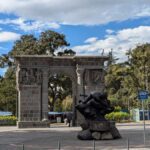
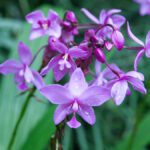

0 comentarios